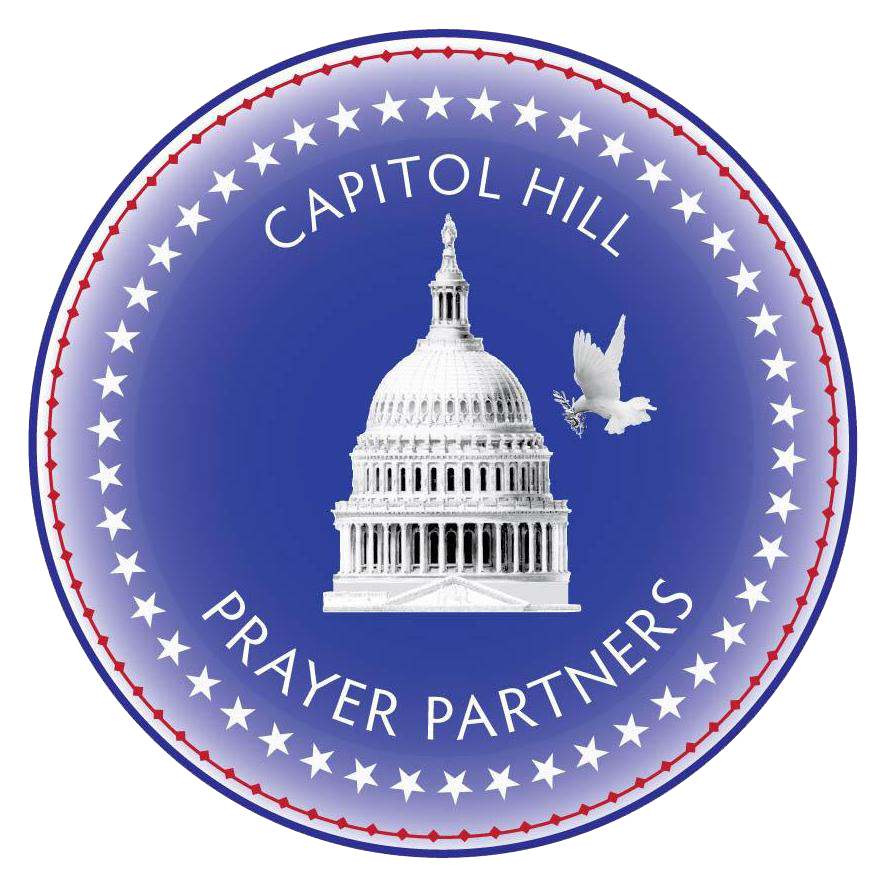Thank you to those who joined today’s Hispanic Community Conference Call with Secretary Betsy DeVos, Senator Marco Rubio, and Administration Senior Officials. Below are tweets from Secretary DeVos and Senator Ted Cruz, a statement from Senator Marco Rubio, and a FACT SHEET for you to share with your friends, family and colleagues. If you re-tweet or put out a message about the call, please send us the links to those social media posts.
Retweet, here
Retweet, here
Retweet, here
Statement from Senator Marco Rubio:
“The ability to access a high-quality, affordable education is increasingly important for Hispanic families in our nation, especially amid the COVID-19 pandemic,” Rubio said. “All parents, regardless of income or zip code, should have the ability to decide what school best meets their child’s needs. That’s why I’m proud to cosponsor the School Choice Now Act, which would give families the resources they need to ensure their children have access to a high-quality education.”
FACT SHEET: WHY SCHOOL CHOICE NOW
Why School Choice Now
Parents and students need the option of full-time, in-person schooling this fall. In the spring, most kids missed out on months of learning, and if their schools do not fully reopen this fall, they will fall further behind—particularly minority students, low-income students, and students with disabilities
To respond to the school disruptions caused by COVID-19, President Trump signed into law the CARES Act, providing more than $13.2 billion to states for K-12 districts and schools. Now, Congress is considering providing additional tens of billions of dollars to K-12 education. Any additional appropriation for K-12 education must do the following:
Help all students and all teachers, not just those in district public schools. While public schools continue to receive local, state, and federal tax revenues, private schools in lower-income and working-class neighborhoods have faced significant enrollment declines. As private schools are forced to close, public schools may need to absorb up to one million private school students at a cost of more than $15 billion.
Enable all schools to safely reopen. Most, if not all, additional funds should be targeted towards supporting schools that have re-opened and are ensuring students continue to learn.
Directly empower families. Support schools where families feel well-served and empower families who need different education options. School choice and parental empowerment are particularly important for lower-income communities, where parents often cannot work remotely and are more likely to be dissatisfied with their government-assigned schools.
School Choice Now Act
President Trump has called on Congress to fully authorize and fund Senators Tim Scott and Lamar Alexander’s School Choice Now Act (S.4284), as part of any new COVID-19 response package. The School Choice Now Act will ensure every state can fund K-12 scholarship programs for eligible students, so that students don’t lose access to their school of choice because of economic disruptions, and so that families have choices if their public schools refuse to provide in-person options.
For school year 2020-2021, the School Choice Now Act provides a one-year emergency appropriation:
States will set aside funds they receive under the Elementary and Secondary Schools Emergency Relief Fund (ESSER Fund), which was first created under the CARES Act. Those funds will provide scholarships to eligible students.
If $70 billion is appropriated to the ESSER Fund, about $63 billion would flow to public districts and schools by formula, and about $7 billion would fund more than a million K-12 scholarships for needy students.
Governors will identify Scholarship Granting Organizations (SGOs), which will distribute K-12 scholarships to students in their jurisdictions. Governors will also determine which students and education providers are eligible, including career and technical education, special education services, transportation to any school, and tuition for private schools.
In school year 2021-2022 and beyond, SGOs will continue to support scholarship students by raising voluntary donations:
The School Choice Now Act also establishes a federal tax credit to encourage voluntary donations to SGOs, allowing recovering families to keep their children in the best educational environment for them.
The federal tax credit is available to both individuals and domestic businesses that contribute to SGOs. The tax credit is capped at 10% of AGI for individuals and 5% of net taxable income for businesses.
The total amount of tax credits is capped at $5 billion per year. Each state is assured a fair share of potential scholarships because the tax credits are allotted to states based on ESEA’s Title II-A formula.
Because the tax credit encourages new, private donations, it does not hurt public schools or take funds away from their teachers or students.
What’s an SGO?
In the School Choice Now Act, scholarship-granting organizations (SGOs) will manage the emergency grants that will be distributed to families in the form of K-12 scholarships. Several SGOs already exist across the country through state-based tax-credit scholarship programs.
For states without state tax-credit scholarship programs, Governors can quickly recognize SGOs that will be responsible for managing scholarship programs in their jurisdictions.
Among the major conditions, SGO’s must:
Be 501(c)(3) charitable nonprofits, triggering financial reporting to the IRS.
Agree to distribute 95% of the appropriated funds as scholarships.
Follow the implementation rules outlined in federal law and promulgated by the governor.
Several existing SGOs are ramping up their operations to serve every state. Governors may also choose to deem any existing scholarship entity as an SGO for the purposes of the School Choice Now Act.
Posts you may also like
How Education Freedom Scholarships Can Expand Private and Home Education Options
How Education Freedom Scholarships Can Expand Preschool Options
Who needs to be invited to our next call? If you know of other Hispanic leaders that would benefit from call like these, please let me know.
Best,
Andrea R. Ramirez, Ph.D.
Special Assistant to the President and Director of Hispanic Engagement
White House Office of Public Liaison
